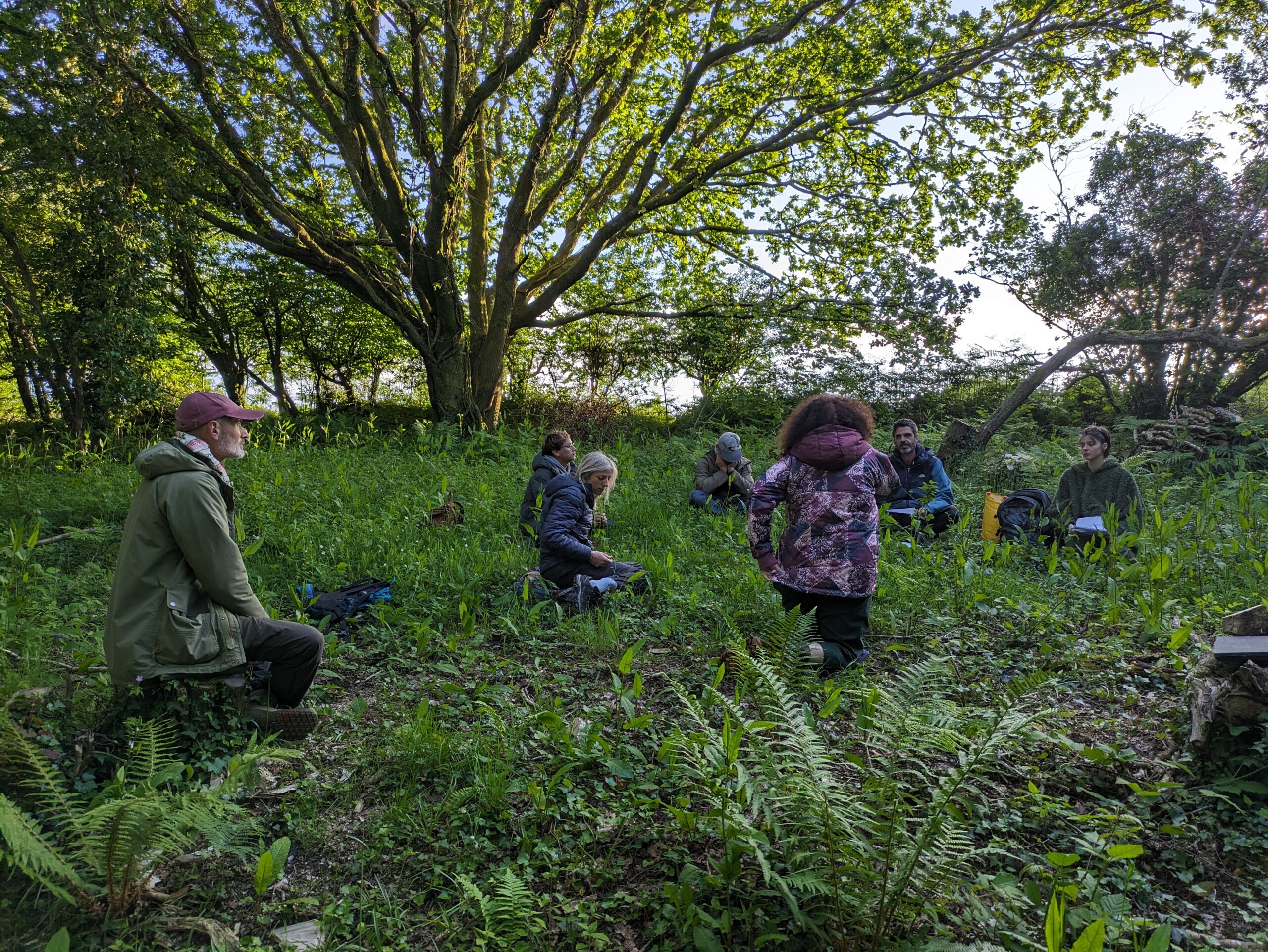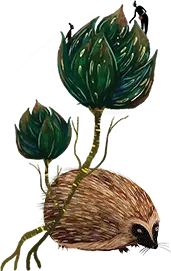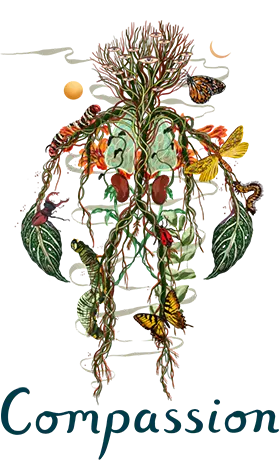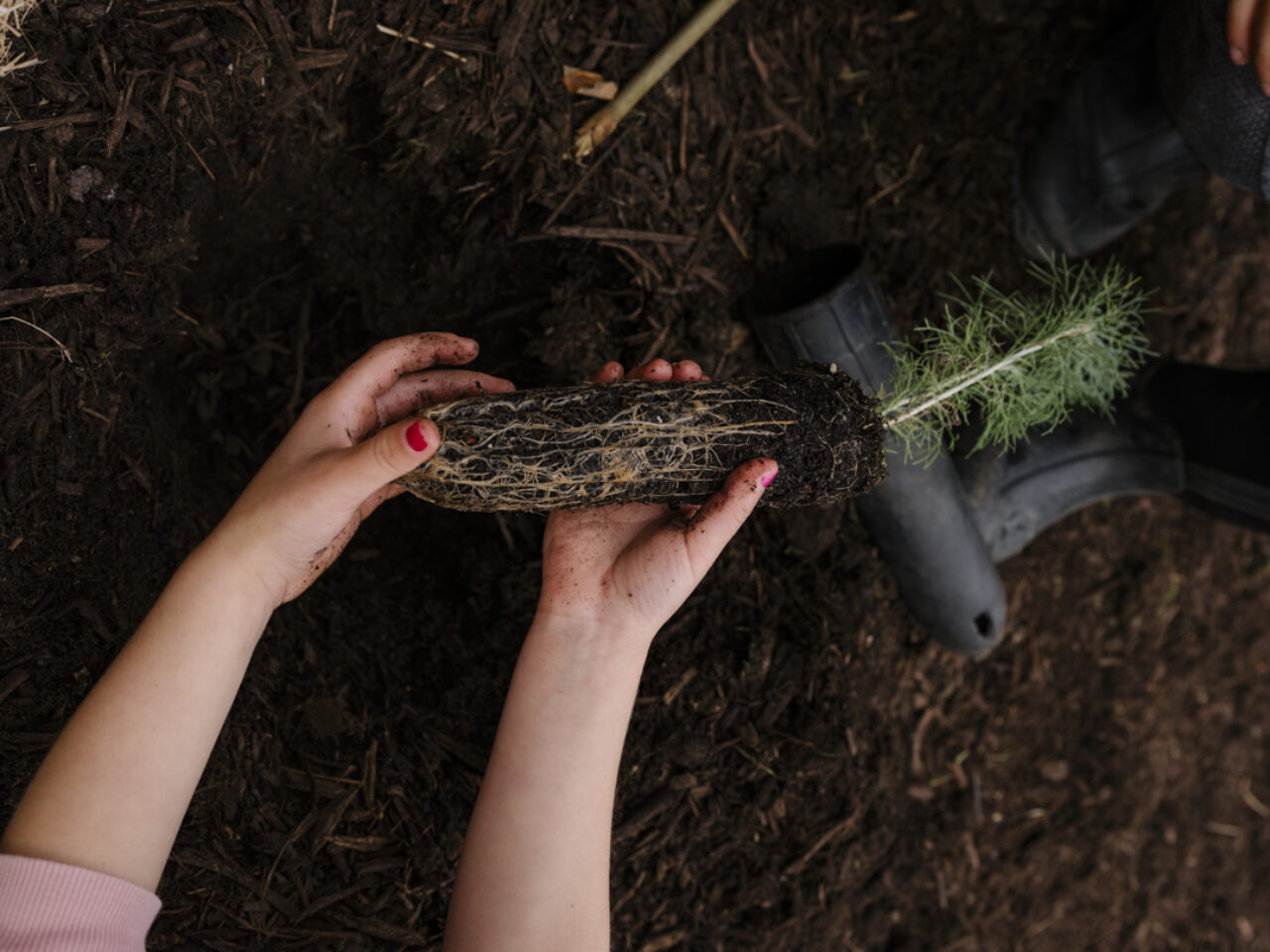
The Senses pathway in action

To better understand a pathway to nature connection, it helps to see it in action…
Here are some examples of how you can engage your senses to better connect with Nature.
Written in partnership with Carly Butler from the Nature Connectedness Research Group at University of Derby

At its most basic level, engaging the senses pathway involves receiving sensory information. This is something we are doing all the time of course, but the modern world has lessened our sensitivity to many of Nature’s signals. They are still there of course, but we have forgotten to notice. Noticing involves removing distractions and taking a moment to refocus and reengage. here are a few tips and exercises to help…
Remove distractions
Looking at a phone screen and listening to music or podcasts on headphones limits our opportunities to see or hear nature. Be mindful of how often you might be missing out on nature’s sights and sounds, and take a moment or two to look, listen, smell and touch.

5-4-3-2-1 grounding exercise
Try the simple 5-4-3-2-1 grounding exercise by finding 5 things you can see, 4 things you can hear, 3 things you can feel, 2 things you can smell and 1 thing you can taste (you can taste the air or a drink of water if you don’t have anything edible near you).
Pay attention to colours
How many shades of green can you see? Can you see anything blue? Where is the light and where is the shadow?
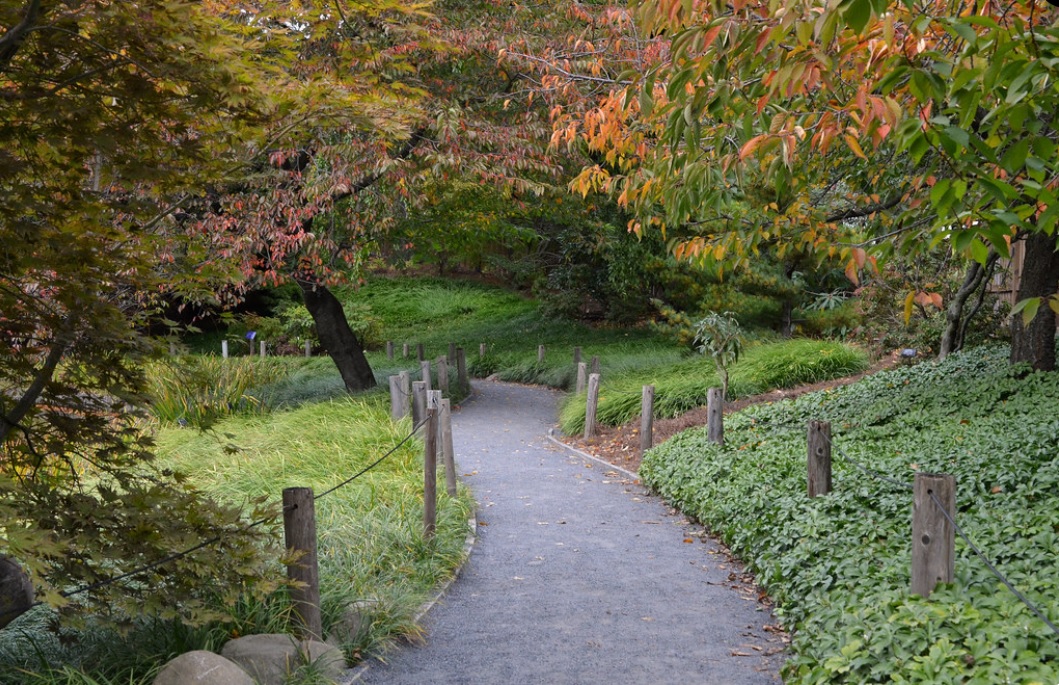
Play with perspectives
Look and listen, near and far, big and small. Look at a whole visual scene, find the furthest thing you can see. Same with sound – what can you hear from very far away? What is the loudest noise? Then try near and small – look closely at what is right in front of you – a patch of bark, or a blade of grass perhaps. What is the quietest noise? The closest noise?
Look for shapes and patterns in Nature
Can you see any straight lines? Curves? Search for fractals – repeating patterns like the branching of a tree, the veins on a leaf.
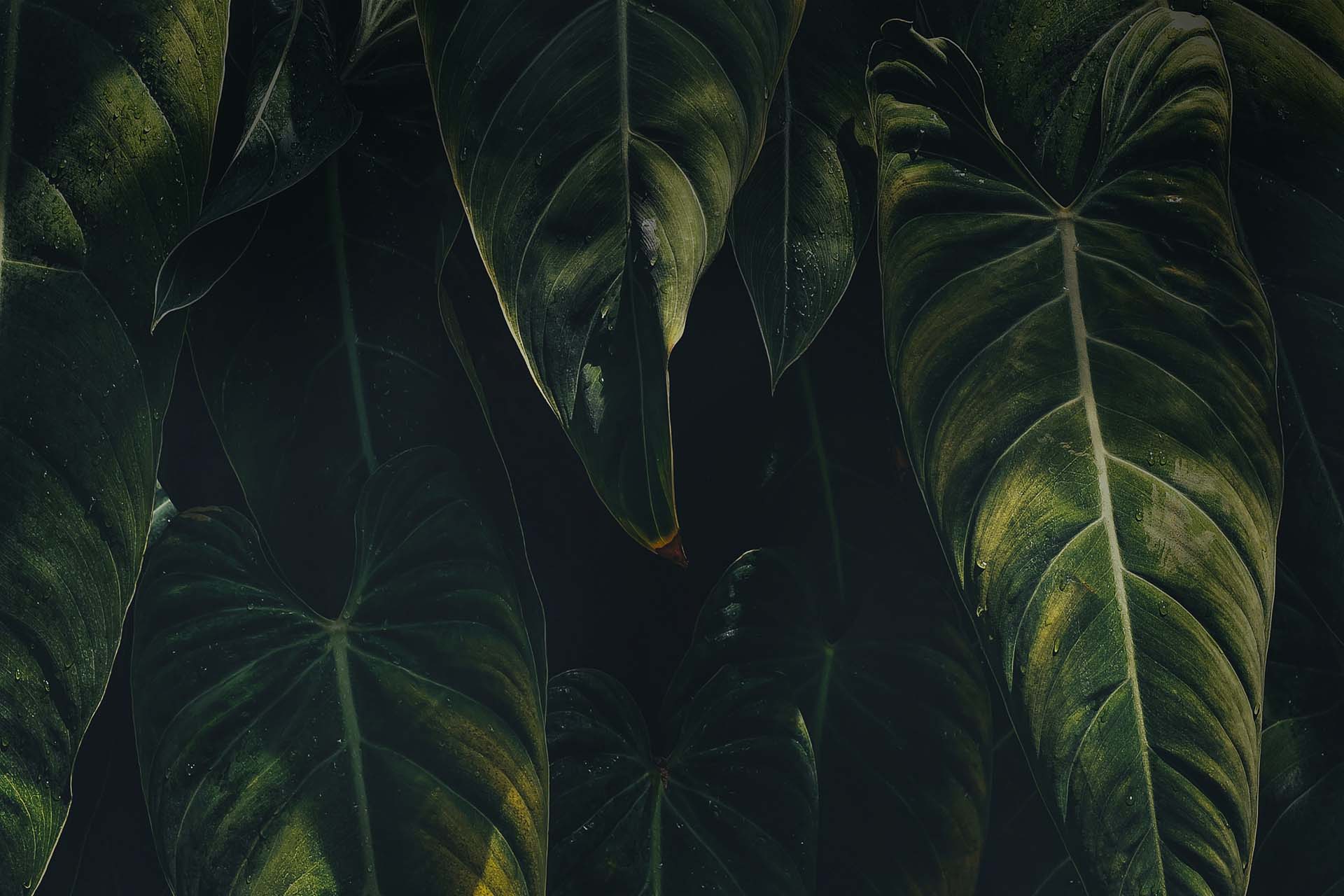
Listen to the trees
If there are a few trees near you and a breeze, see if you can notice any differences in the noises the leaves from different trees make in the wind.
Tune in to Nature’s song
Close your eyes and listen to birdsong, or water in a stream or river or the sea, or the buzzing of insects. You may want to see how many different birdsongs you can hear, or see if there are two birds of the same species singing (i.e. can you hear two robins?). Are the birds staying still or moving? Is their song varied or the same each time? See if you can notice any differences in the songs of pigeons – are some more high-pitched than others? More urgent sounding? Slower? Faster?

Follow your nose
Find out which flowers have a scent. Compare the smell of different leaves. Smell moss, soil, tree trunks. If walking in an urban area with lots of gardens, keep your sense of smell wide open and see what scents you can catch in the air.
Go barefoot
Stand or walk barefoot on grass or sands or pebbles. Take a moment to notice how the surface feels on the sole of your feet, and tune into the sensations of walking over such surfaces.

Hug a tree!
Explore tree bark with your fingers, or feel the texture of different grasses, leaves and plants – which are hairy, which are smooth?
Bring nature’s smells inside
See if you can find some lavender or rosemary sprigs, or some woody essential oils.
Forage
If you have access to a foraging workshop or someone who can advise you on safety, explore the tastes of wild nature – blackberries, hawthorn leaves, edible flowers, nettle soup or cleaver water.
